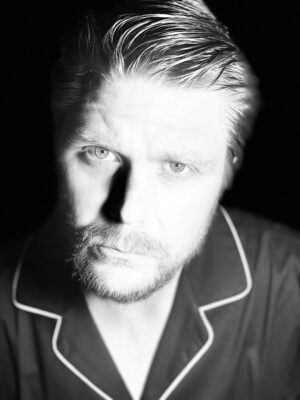We were recently discussing the importance of the links between museums and exhibited artists in our review of Rodin at the British Museum. We find this show is even more significant as Lee Bul is not only still alive, but has also worked with the curatorial team to make the most of the existing space, originally designed in the Sixties by a team of architects led by Norman Engleback (some of whom went on to founding the collective Archigram, hugely admired by Lee Bul). The result of this cooperation, which saw the artist dropping all partition walls in favour of the usage the original wall space, has been summarised as “the artist treats the Hayward Gallery […] not as a backdrop but as a collaborator”.
Lee Bul’s recent work is an investigation into landscape (mainly a twisted version to reflect utopianism and the failures derived from humanity’s strive for perfection), but the journey for her began in the late 1980’s in a more sculptural tone, with three dimensional costumes becoming integral parts of her street performances, merging her training (she holds a degree in Sculpture) with her passion for theatre. The latter unveiled the ‘limitations of sculpture’ to her, bringing a more temporal element to her work.
The exhibition features her drawings as well, which are something Bul doesn’t often choose to show as they represent a more personal reflection, which often leads to the main idea for a piece but substantially is aimed at remaining something more private than your average artist study. Apart from the visual appeal these drawings have, they also contain the same combination of ‘unusual’ materials that her bigger scale works are made of, a mix of man-made and natural. As overtly displayed in her early soft sculptures, Lee Bul is fascinated by the vulnerability of our corporeal experience, often translated in multiple soft limbs coming out from all angles, seemingly fitting with her fascination with material which ‘come from inside out’ like silk and mother of pearl.
Other pieces touch upon South Korea’s past and present events (like Bunker, which merges her own childhood memories to Yi Gu, the grandson of the last Emperor of Korea or Thaw, where a sculpture of Park Chung-Hee, the former President of South Korea, is crystallised in a fibreglass block of ‘ice’), linking the artist’s personal journey to her country’s history.
An exhibition worth seeing, especially for Lee Bul’s dexterity in combining deformity and plain horror with elegance and excellent craftmanship and make them integral to every piece she produces. Sadly, the context of many works is lost in translation, as it refers to events not commonly known to the average Westerner who may not have visited the country before/be familiar with its history. It is said that art should be universal, but context unlocks many meanings and, in case of works touching the brain more than the heart (as for Lee Bul’s), unreadability is more of a frustration than a deliberate element of a work’s voice.








Lee Bul: Crashing, can be viewed at the Hayward Gallery until 19 August 2018.
Notes from DRAW · 09.07.2018












